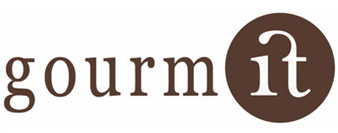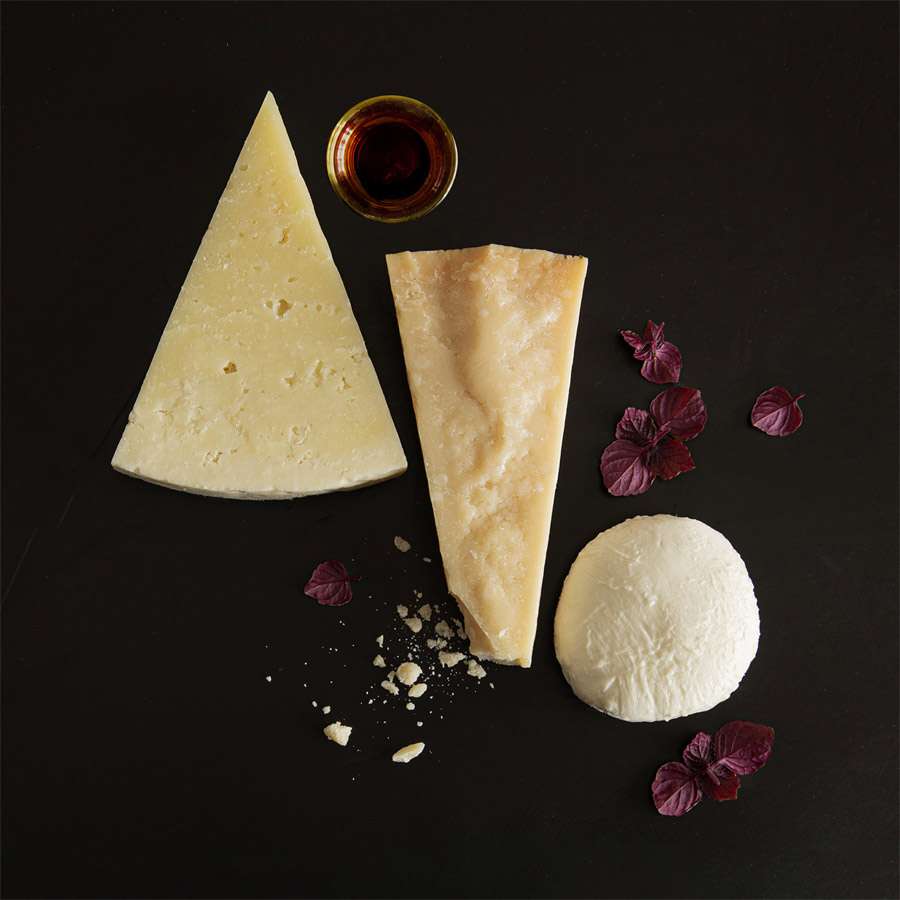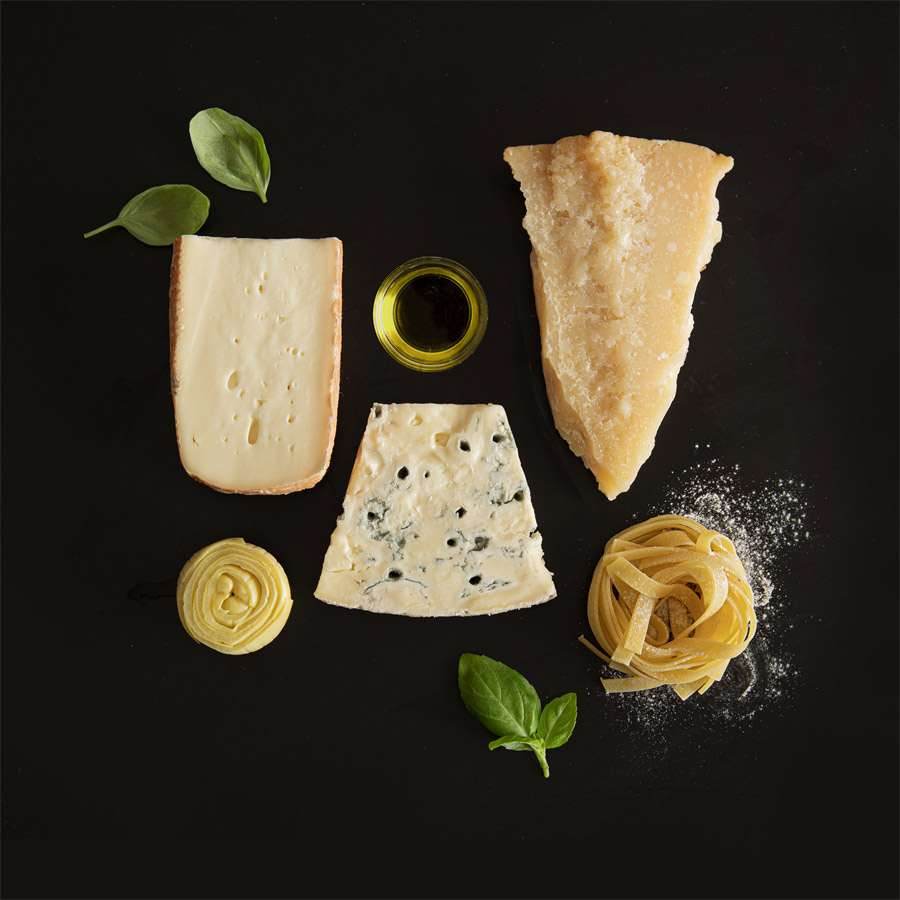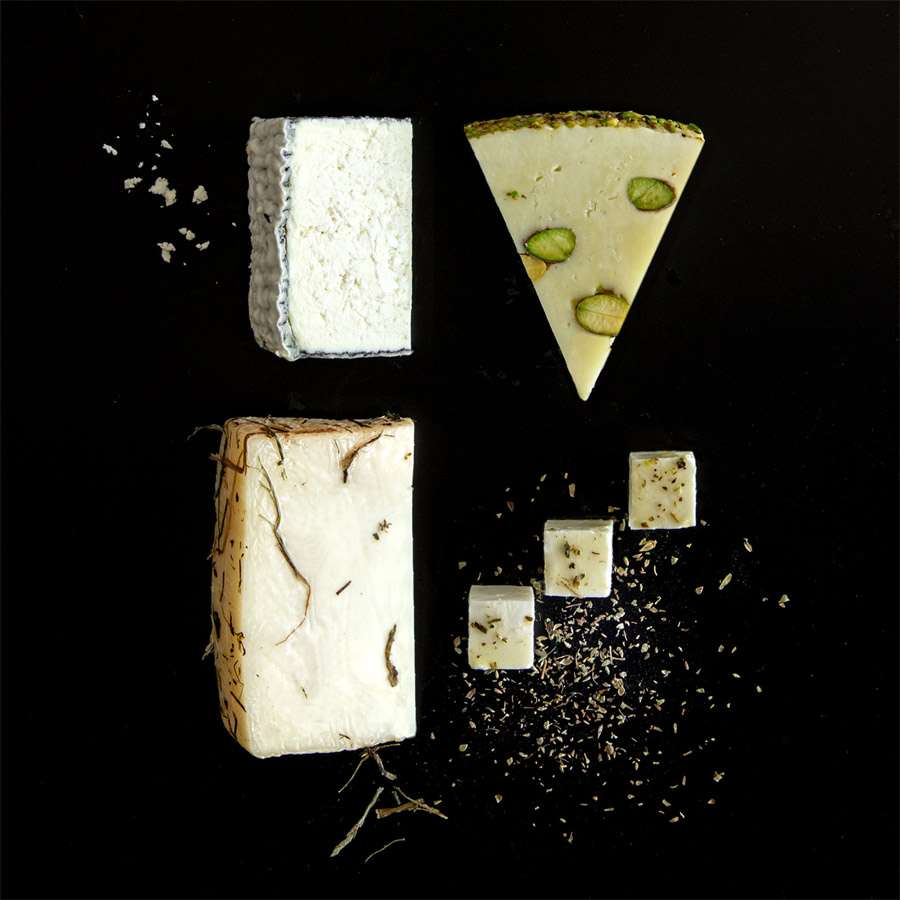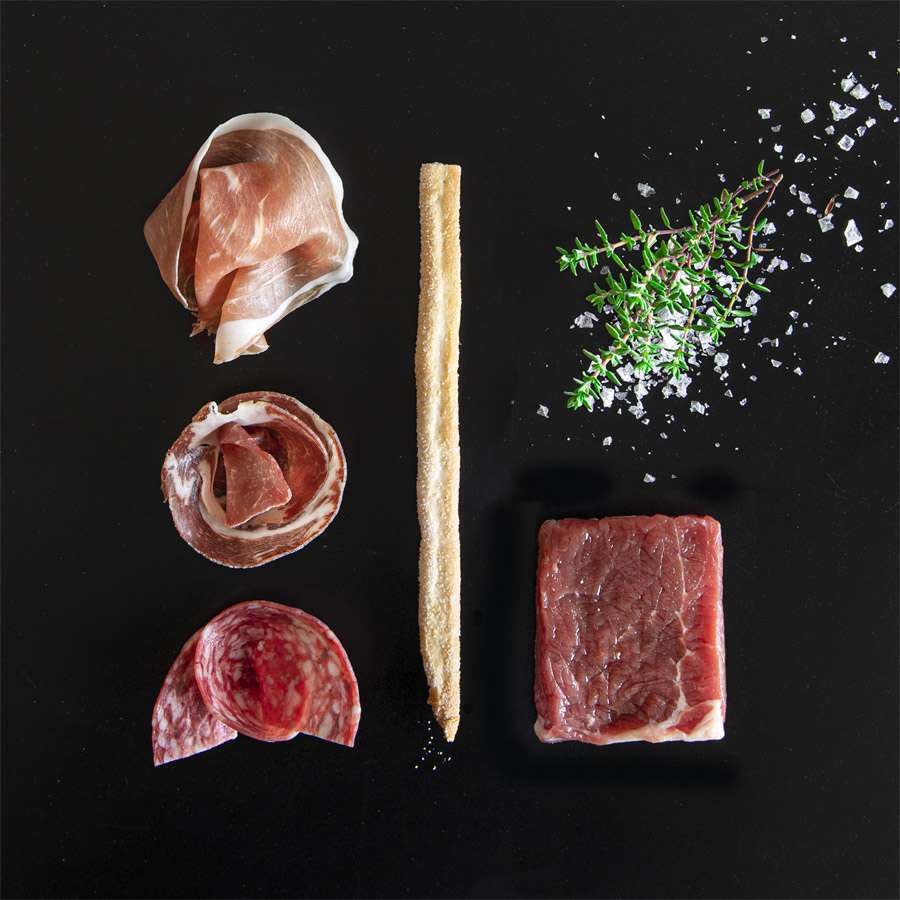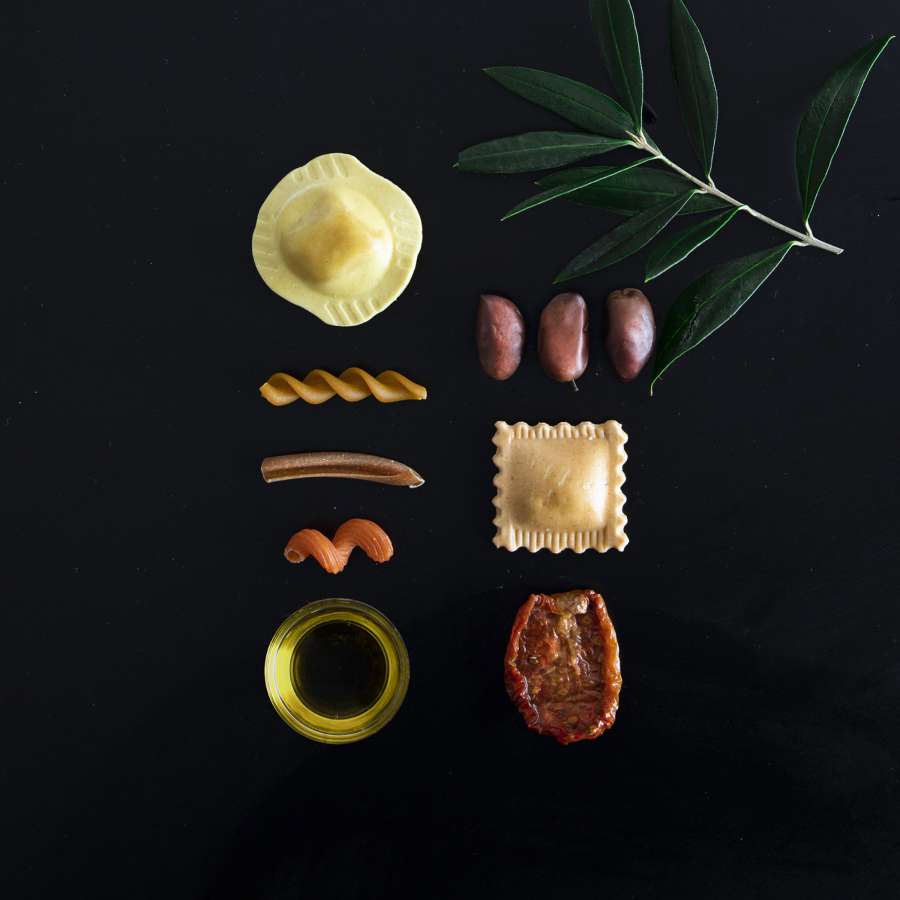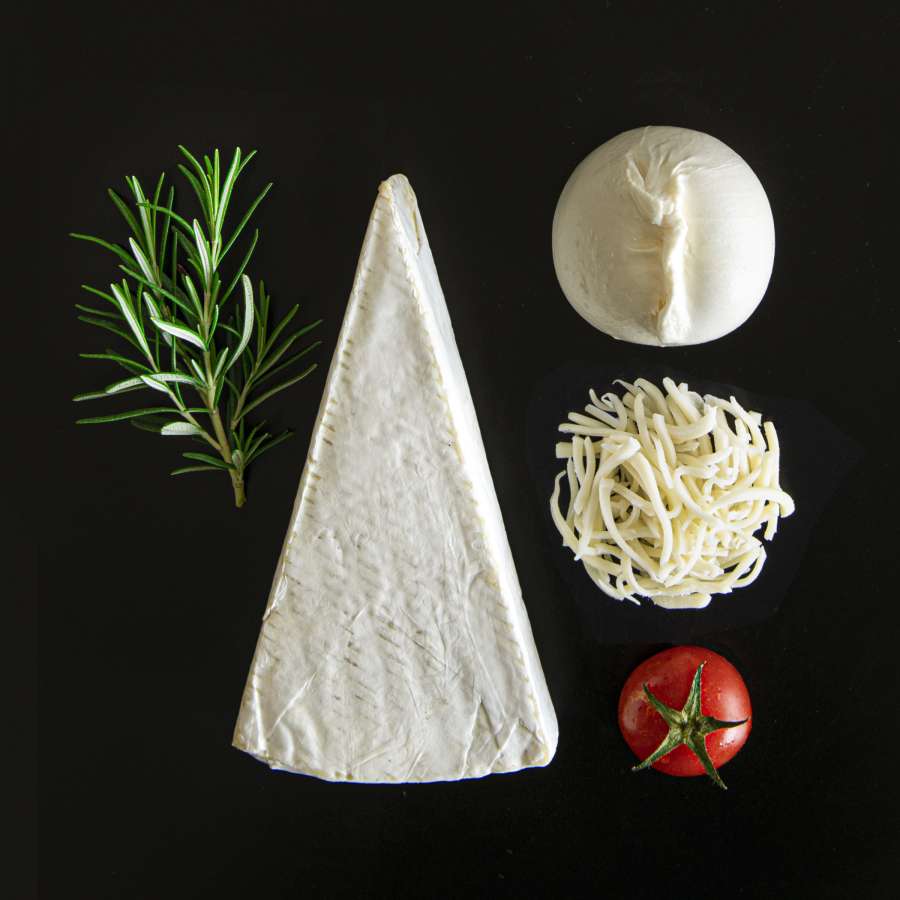The Modern Shepherd: Guardian of Value and Ambassador of a Goat’s Milk Excellence
In the world of fine dining and specialized distribution, the search for authenticity is a fundamental value. But what does "authentic" really mean? It means rediscovering supply chains that combine tradition, sustainability, and a deep connection to the land. In this context, the figure of the shepherd—and the exceptional product they help create, such as goat’s milk—emerges as a central character in a story worth telling and, above all, celebrating.
Far from a romanticized yet outdated image, today's shepherd is a fully-fledged agricultural entrepreneur. A professional who doesn’t merely tend to the flock, but manages a complex ecosystem, delivers services for the community, and produces high-quality goods. Understanding this evolution is the first step toward appreciating the intrinsic value of the products that reach our tables.
The New Shepherding
Shepherding in Italy is undergoing a profound transformation. Once a profession on the verge of extinction, it is now attracting a new generation who approach it with a modern mindset. These “new shepherds” are often educated young people who choose this path not as a fallback, but out of a deliberate desire to create a sustainable business model.
Their work cannot be measured solely in terms of milk or meat production. Shepherding provides essential ecosystem services, such as:
Land Stewardship: Managed grazing helps prevent uncontrolled vegetation growth, significantly reducing the risk of wildfires—a chronic issue in many inland areas of Italy.
Biodiversity Conservation: Grazing herds help preserve the diversity of grasslands and natural habitats, countering the abandonment of marginal lands.
Social and Economic Presence: The presence of an active pastoral business acts as a safeguard against depopulation in mountain and rural areas, creating local economies and keeping communities alive.
This multifunctional approach is increasingly supported by innovative practices. Drones for herd monitoring, sensors for tracking animal welfare, and farm management software are no longer science fiction—they are tools that help optimize work and ensure high-quality standards.
Goat’s Milk
The quality of the final product—in this case, milk—is directly linked to this model. Animal welfare and sound farming practices are the cornerstones for obtaining a premium raw material.
If the shepherd is the guardian of the process, then goat’s milk is the treasure it yields: a product that is gaining growing market share. Today’s consumers are more informed and attentive, seeking functional foods that combine taste and wellness. And goat’s milk fits this demand perfectly.
Its main strength lies in its high digestibility. The structure of its proteins and its smaller fat globules make it easier for the body to absorb. From a nutritional standpoint, it is an excellent source of essential minerals such as calcium, phosphorus, and potassium.
Globally, goat’s milk is the foundation for a wide variety of dairy products. Its unique composition makes it ideal for producing cheeses—both fresh and creamy or aged and complex—as well as yogurts and other dairy products appreciated for their distinctive flavor.
